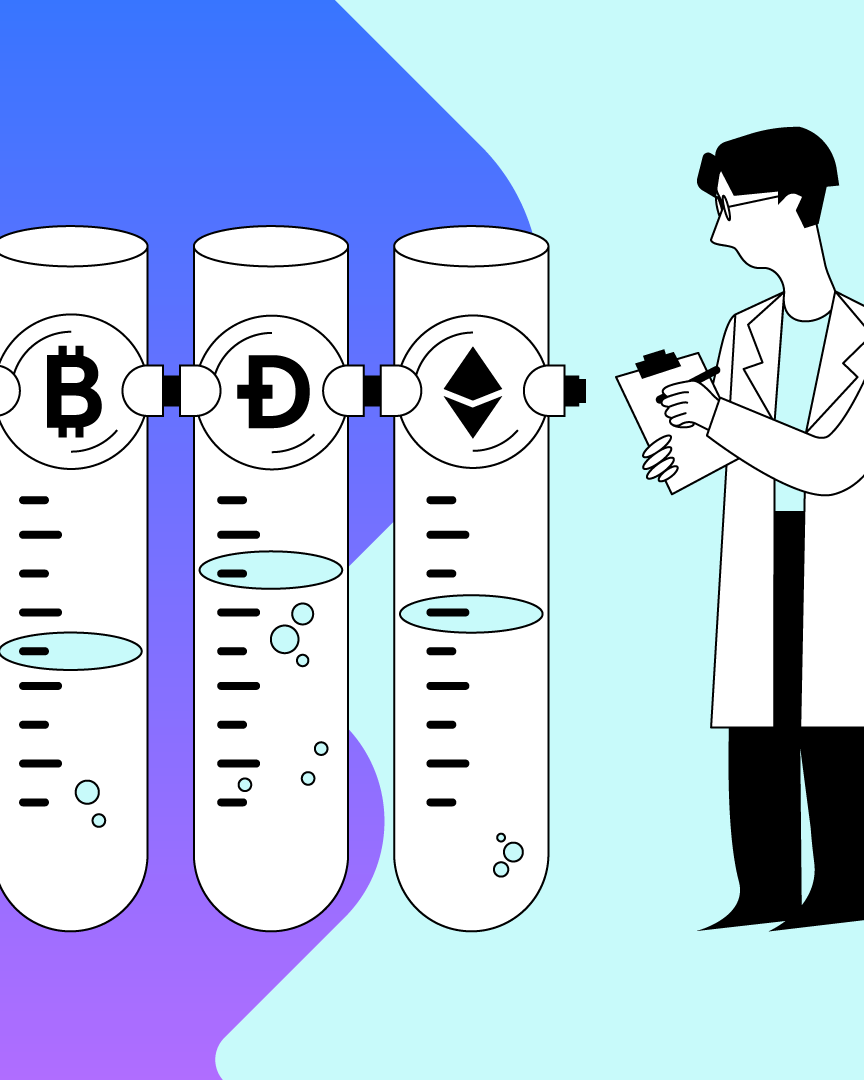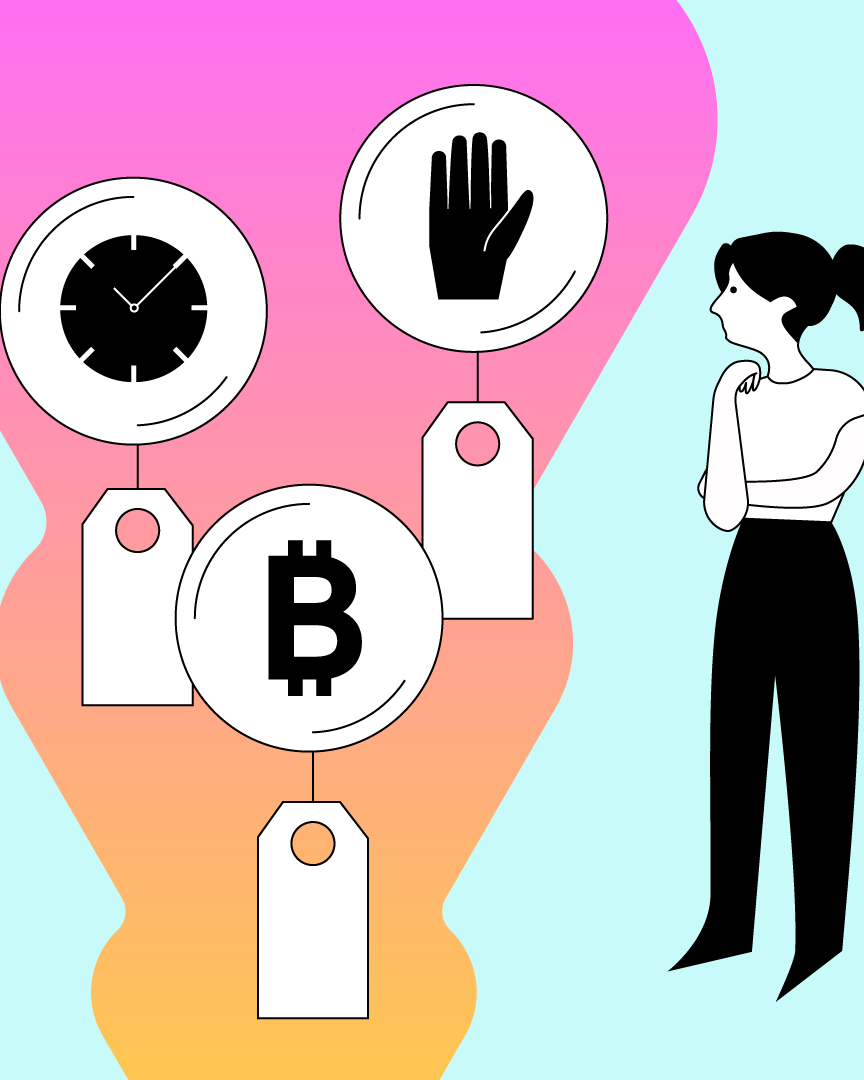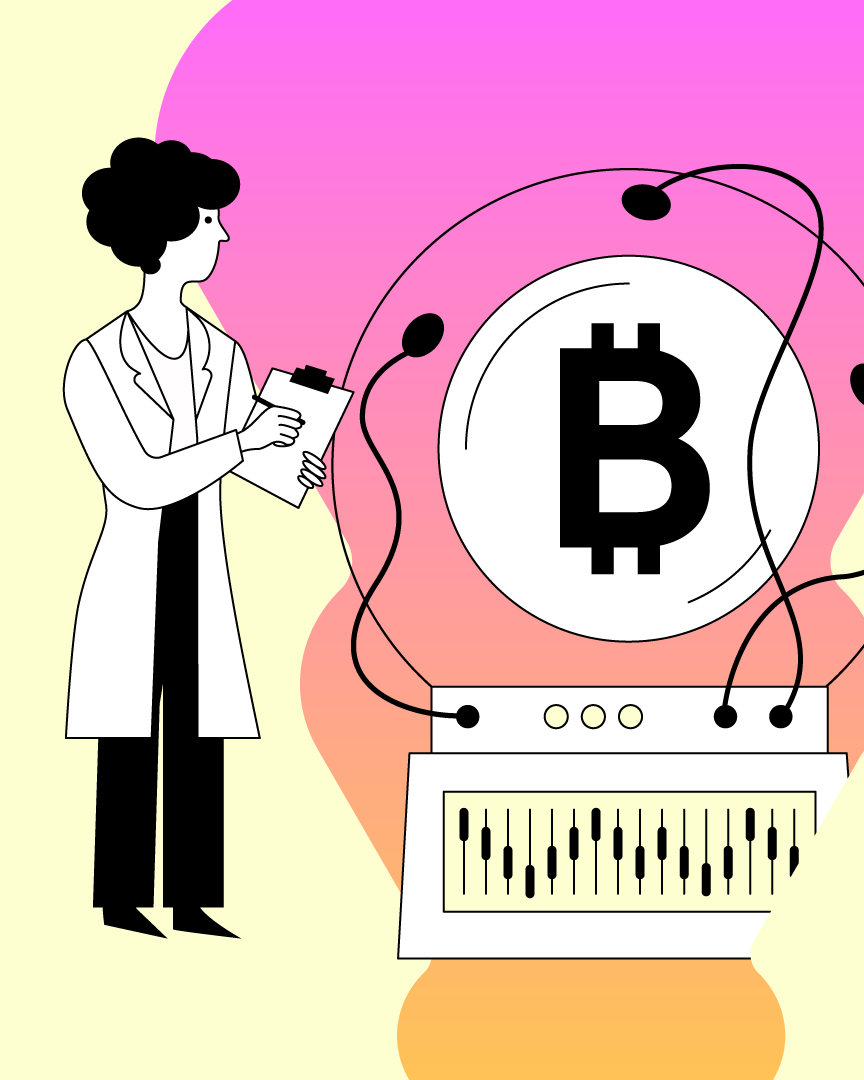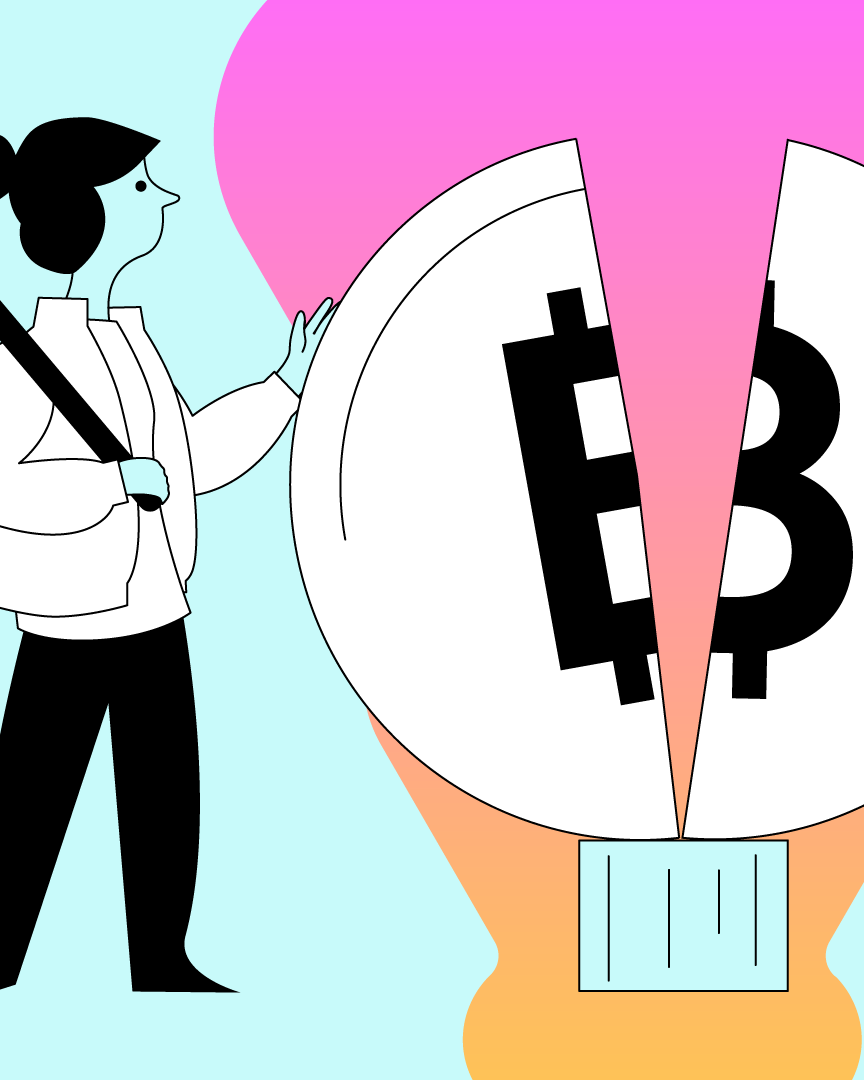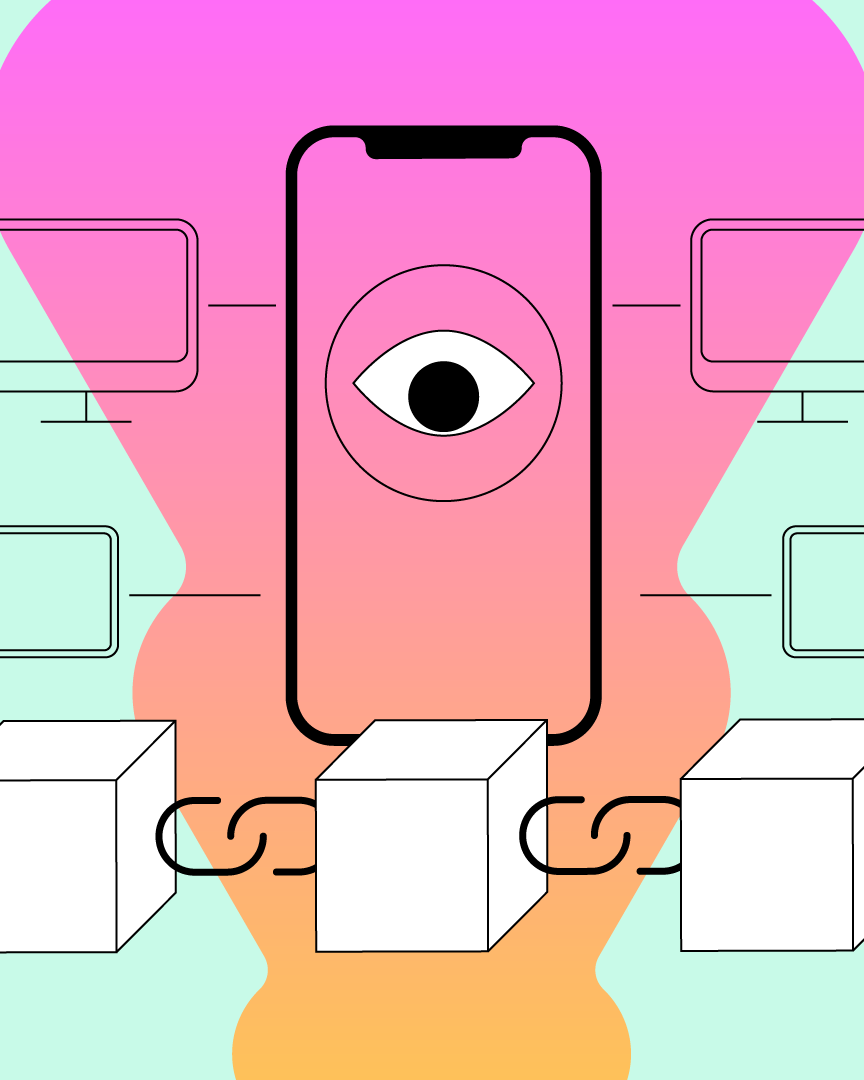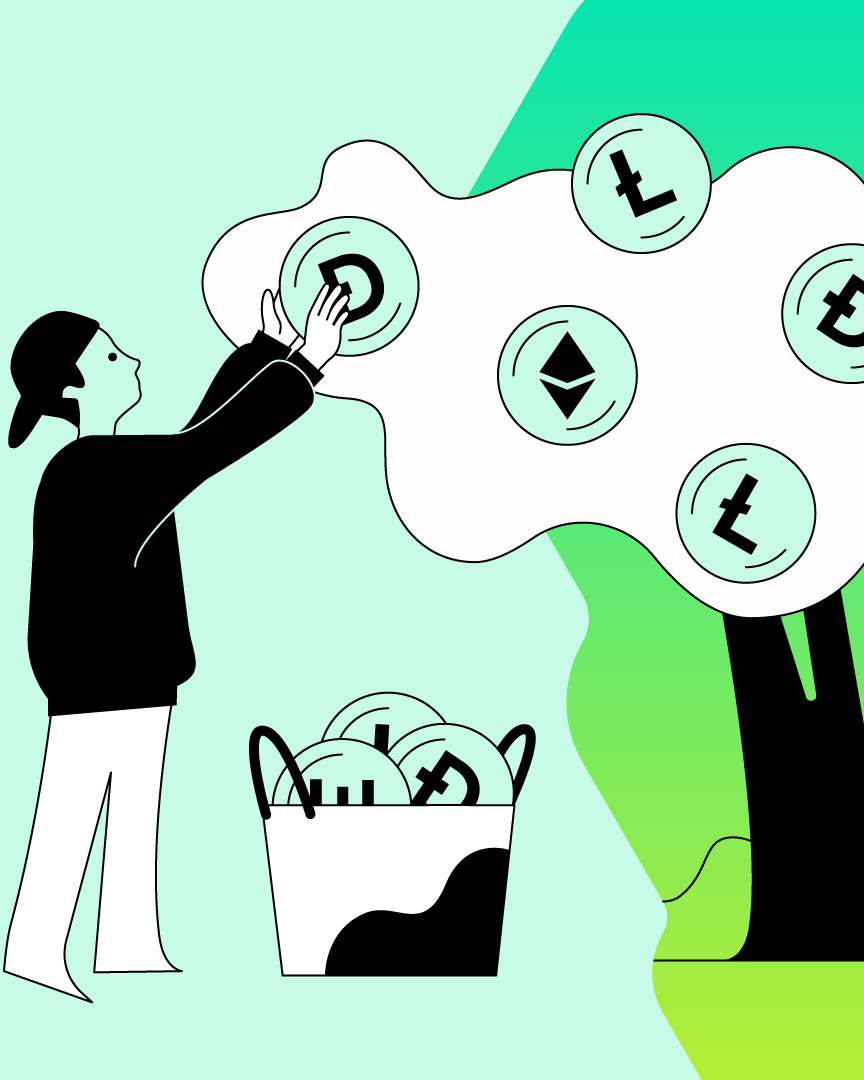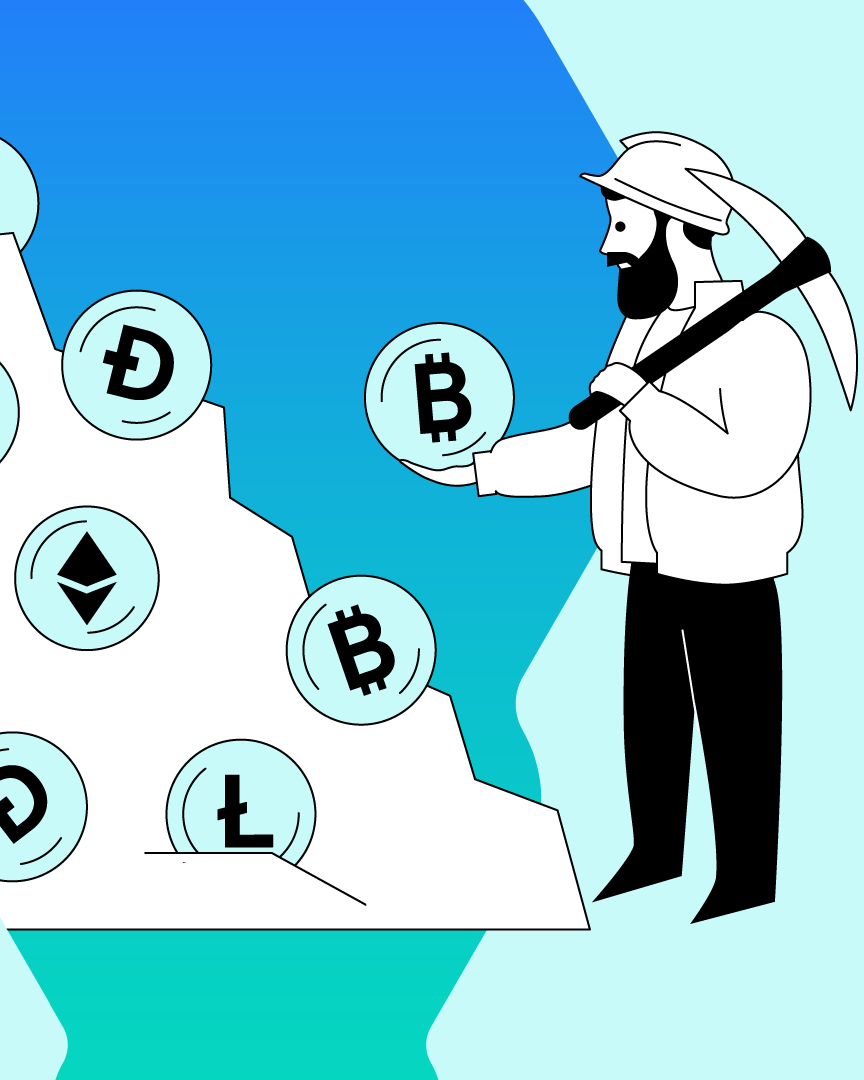1.15 The basics of blockchain technology
This lesson explains what blockchain is and why it is the frontier to the next revolution.

The inception of the internet changed the way we live, work, and communicate. It changed the way societies and industries function. However, it also has a major flaw. Our current way of functioning in the internet-reliable infrastructure is heavily dependent upon intermediaries. Blockchain, the innovative technological solution, is here to change that.
While cryptocurrencies are the reason for the growing popularity of blockchain, let us tell you that there is much more to the technology than digital currencies. This revolutionary solution promises to disrupt several industries.
This lesson explains what blockchain is and why it is the frontier to the next revolution.
Contents
- What exactly is blockchain?
- How does blockchain work?
- Pillars of blockchain
What exactly is blockchain?
Simply put, blockchain is primarily a chain of blocks. These blocks store data, and all are linked to one another. Thus, blockchain can be described as a chain of records or data stored in the form of blocks.
In essence, a blockchain is a ledger that holds information or data like transactional records. Similar to how banks maintain their financial ledger, blockchain records data - from documents to transactions on a decentralized public ledger.
Let us understand blockchain by using a simple analogy of Google documents. You can create a google document and share it with a group of people with access to edits. Now, the document is distributed, not copied or transferred. All people in the group have access to view and edit the document at the same time. The modifications are recorded in real-time, and they are completely transparent. This makes it a decentralized distribution chain.
The blockchain is much more advanced, but the analogy of google documents holds good in terms of decentralization and recording real-time changes.
How does blockchain work?
Every block in a blockchain network stores information and the hash of its previous block. This forms a cryptographically linked chain of blocks. A hash can be explained as a mathematical code that belongs to a specific block.
If the data changes, the hash value of the block subsequently alters. Every block has a unique hash key that keeps the blockchain ledger secure, and here’s why.
Each block must refer to the preceding block’s hash. Blocks are created each time more data is added to the network. The new block is now linked to the existing chain of blocks in chronological order.
It is almost impossible to change the data once it is stored on a blockchain.
Pillars of blockchain
Like we said earlier, google doc is a simple example of how blockchain functions. In essence, there are several pillars in combination that hold the promise to disrupt various sectors. Here they are:
Decentralized
Blockchains are decentralized. It means no single person or group controls the overall network. Every person using blockchain has a copy of the ledger, which tracks the changes in real-time. The stakeholders or its members control the entire blockchain network.
In a democracy, the person who receives the maximum votes from its people is elected. Similarly, in blockchain, any piece of information is verified if the maximum participants of the network agree to it.
Distributed
Currently, the internet stores data on centralized cloud servers. However, a malicious actor can tamper with the network and hack the data. On the blockchain, data gets stored in a distributed manner on the multiple hardware equipment running the network. This eliminates the centralized point of failure.
Trustless
The architecture of blockchain is based on a trustless infrastructure. The peer-to-peer network allows people to interact or transact without any third parties.
For example, if you want to transfer money to your friend in another country, you need to depend on third parties like banks, PayPal, Wise, etc. But blockchain enables you to transfer money from one part of the world to another without the need for intermediaries.
Immutable
Immutable can be explained as ‘unchangeable.’ Once data is written and stored on the blockchain, it cannot be altered or changed.
What if you want to change the data of one block? To change the data in one block, you need to change the entire blockchain because each block stores the hash of its preceding block.
It is a highly complicated process and requires a lot of computational power. The immutable property of blockchain makes it resilient to any manipulations or attacks.
Tamper-Proof
The immutability of blockchain makes it easy to detect tampering in data. Since blockchain stores the entire history, any change made to the existing data can be easily recognized. It is extremely difficult to change the hashes of all blocks, which in turn makes the data tamper-proof.
All data on blockchain has a time-stamp and digital signature attached to it. This further provides accountability to all the stakeholders in the network.
Blockchain technology holds the potential to disrupt industries and fundamentally alter the way we work and communicate.
In our next lesson, we expand upon how these features play a part in the actual use-cases of blockchain technology.
ES
This material does not constitute investment advice, nor is it an offer or solicitation to purchase any cryptocurrency assets.
This material is for general informational and educational purposes only and, to that extent, makes no warranty as to, nor should it be construed as such, regarding the reliability, accuracy, completeness or correctness of the materials or opinions contained herein.
Certain statements in this educational material may relate to future expectations that are based on our current views and assumptions and involve uncertainties that could cause actual results, performance or events to differ from those statements.
BB Trade Estonia OU and its representatives and those working directly or indirectly with BB Trade Estonia OU do not accept any liability arising from this article.
Please note that investing in cryptocurrency assets carries risks in addition to the opportunities described above.







